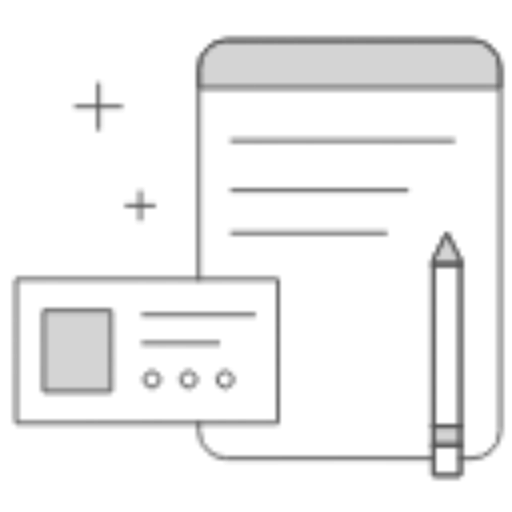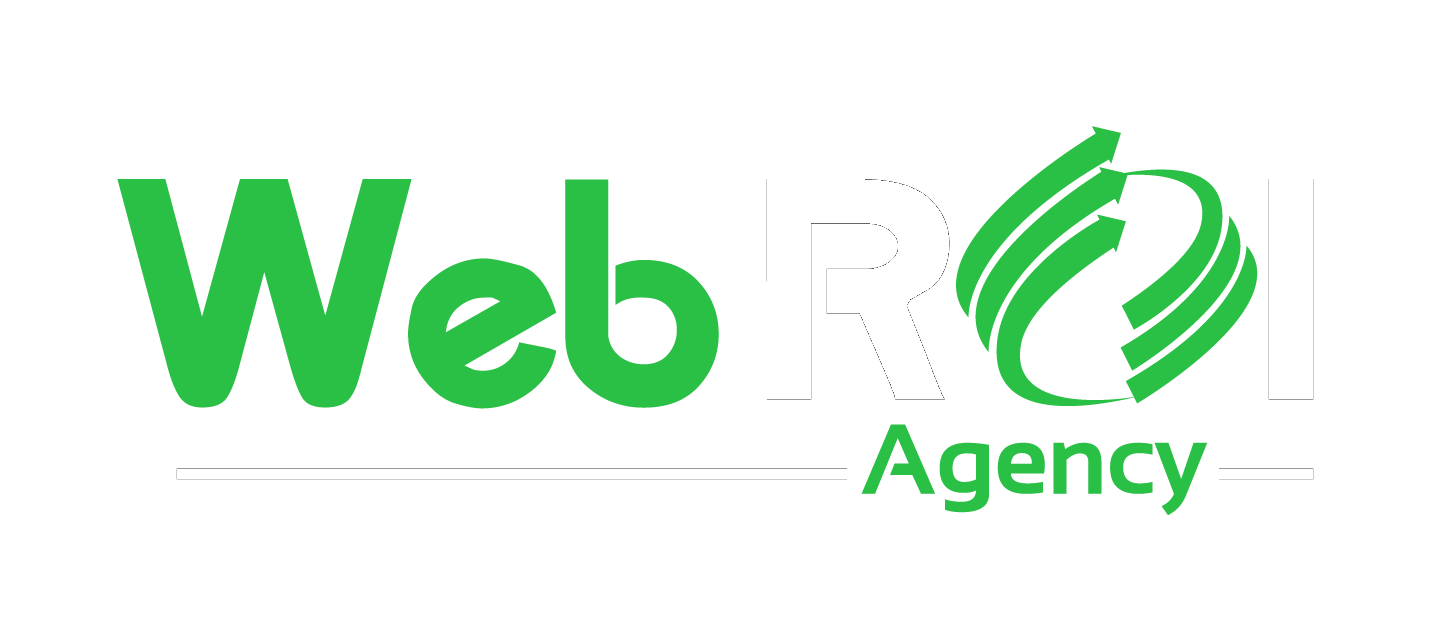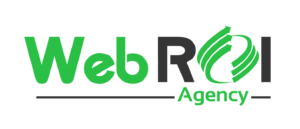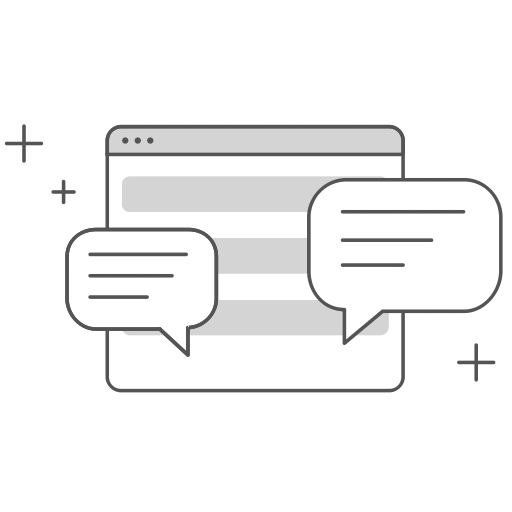

Content
- Make sure that your article is unique topic-wise or viewpoint-wise. Do your research to find out what has been already published about the topic and find a niche that the audience would appreciate.
- Clarity first! Write concisely with clear headlines and intros. Avoid unnecessary jargon, trendy constructions, vagueness, and buzzwords.
- For research articles, please fact check your story and provide sources for all your info.
- Offer a clear argument—not just a list of tips and tricks.
- Each article must include at least one image relevant to the article. You may include original or license-free images. If you use licensed images, please make sure you acquired all required licenses and provide us proof of such.
- Keep the reader in mind. Also, pay attention to where readers will come into contact with article first and write effective intros and headlines.
- Submission of a post does not guarantee it will be published on our platform. Our team will reach out if we’d like to publish your article!



